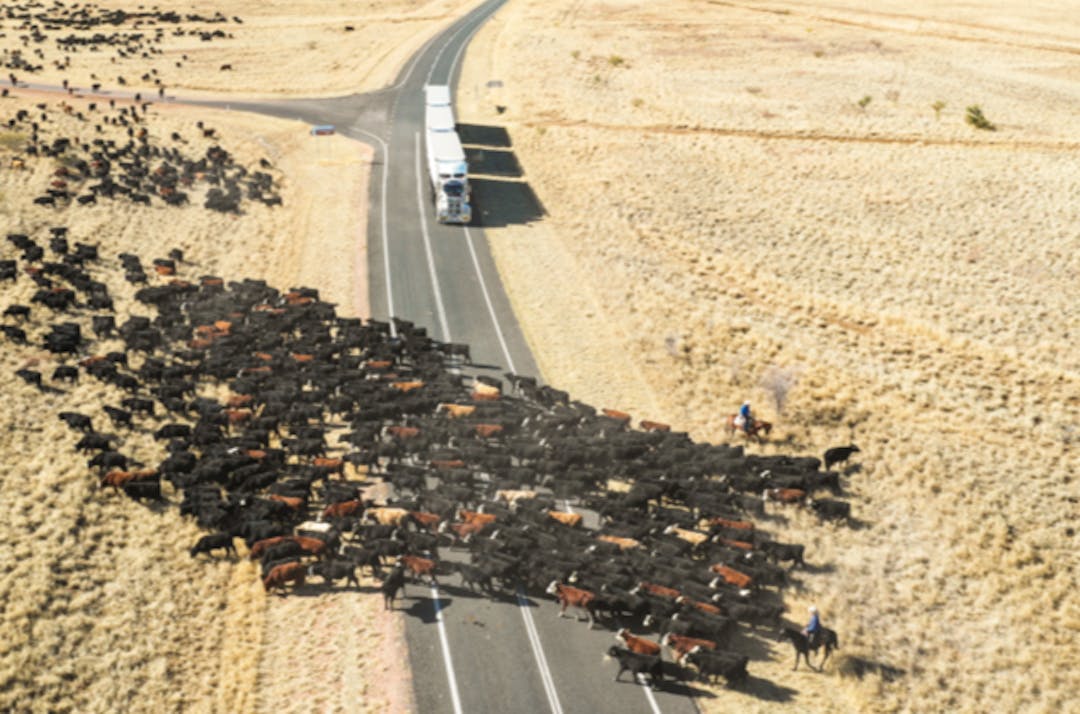Review of the Stock Route Management Regulation 2003
Consultation has concluded

About the stock route network
Queensland’s stock route network has a long and rich history of supporting stock owners and the pastoral industry by providing an interconnected network of roads and routes for walking stock between destinations.
The network is used by the pastoral industry as an alternative to transporting stock by rail or road, and as an important source of pasture in times of drought and other emergencies. The network also includes reserves for camping, water and pasture that can be used by travelling stock
Approximately 72 000 kilometres of Queensland roads are declared as stock routes. While their primary use is as a resource for travelling stock, the roads and reserves also have environmental, recreational, and cultural significance.
Have your say
You are invited to provide feedback on how the Queensland stock route network is funded.
This review aims to create a better funded stock route network that provides improved outcomes for the drovers and farmers that rely on the network every year.
What are we proposing?
The Stock Routes Discussion Paper outlines a range of changes that aim to reduce red tape for local governments; making it quicker and easier to manage their stock routes.
The discussion paper focuses on three key management issues within the regulation:
- declaring stock routes
- stock route network management plans
- fees.
The proposed changes to the fee structure for stock agistment and travel permits have been designed to increase cost recovery for local governments to support effective management and administration of the stock route network. This will also mean an increase in cost for users.
Stock route fees, along with State funding, are used by local governments to administer, monitor, maintain, and upgrade the network, for work such as the installation and maintenance of water tanks and troughs, fencing repairs and weed control.


